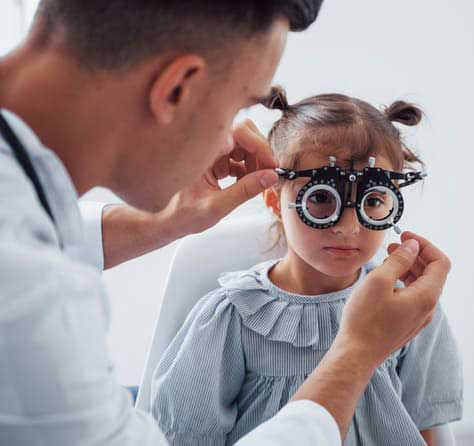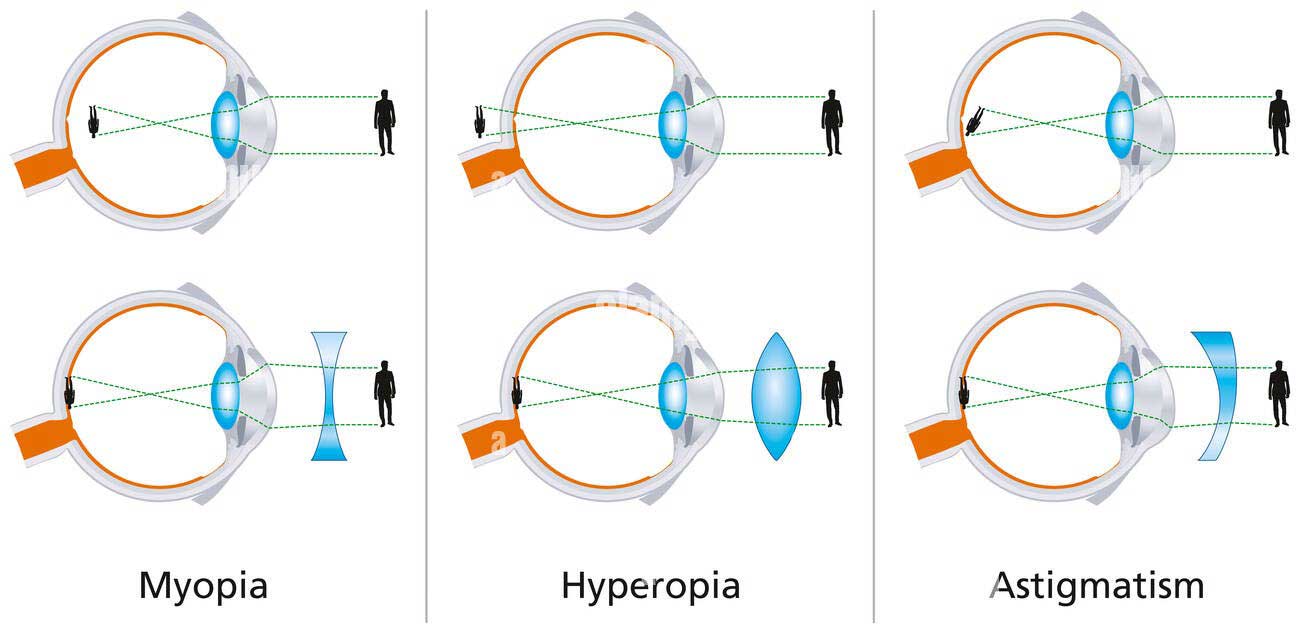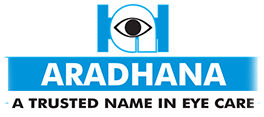PEDIATRIC OPHTHALMOLOGY
Pediatric Ophthalmologists specialize in diagnosing and treating eye disorders in children. Young children often have difficulty in expressing their eye problems which can make diagnosis difficult. Pediatric ophthalmologists are trained to make children feel comfortable and co-operative. They use vision tests specially designed for the child’s developmental stage and special equipment that is appropriately sized for children.
Types of eye problems children can have
- Infections/Allergies/Injuries
- Refractive error (Vision problem)
- Squint (Crossed eye/Strabismus)
- Amblyopia (Lazy eye)
- Abnormal eye movements (Nystagmus)
- Drooping of eyelids (Ptosis)
- Blocked tear ducts (Watering/Epiphora)
- Pediatric glaucoma

General precautions and instructions
In our fast growing modern world, the habit of taking children for annual eye check-up must become an important duty of the parents/guardians . Small children cannot express their eye problems and so it is upto the Pediatric Ophthalmologist to examine and diagnose it on time. If parents notice any symptoms earlier , then they can be brought in OPD for evaluation as early as possible. If there is family history of wearing glass in parents or siblings , the children can be brought in for check-up too.
REFRACTIVE ERROR
Myopia/nearsightedness, is a condition in which an image of a distant object becomes focused in front the retina, either because the eyeball axis is too long or because the refractive power of the eye is too strong. Myopia is the most common refractive error requiring correction seen in children.
Hyperopia/farsightedness,is the refractive error in which an image of a distant object becomes focused behind the retina, either because the eyeball axis is too short or because the refractive power of the eye is too weak.
Astigmatism is a condition in which an abnormal curvature of the cornea can cause two focal points to fall in two different locations – making objects up close and at a distance appear blurry. It may cause eye strain and may be combined with nearsightedness or farsightedness.
Squinting, eye rubbing, lack of interest in school and difficulty in reading are often seen in children with refractive error. Eyeglasses or contact lenses may help to correct or improve refractive error by adjusting the focusing power to the retina. Refractive error can start in childhood or in adulthood. This condition makes close objects appear out of focus and may cause headaches, eye strain and/or fatigue.


